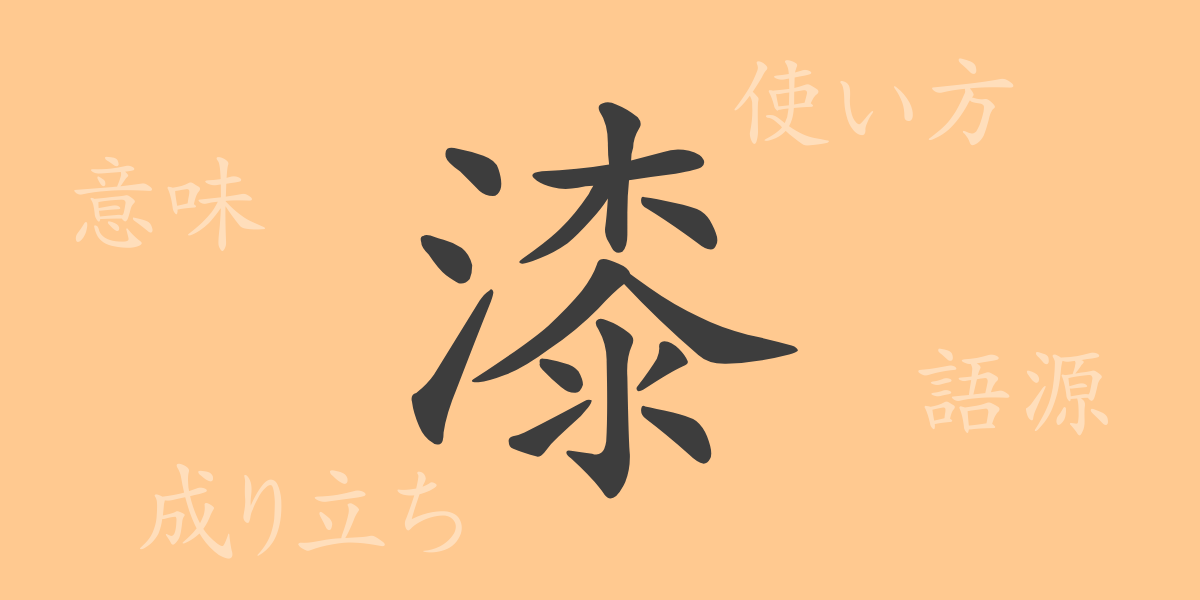Lacquer (うるし) is a material that symbolizes the tradition and beauty of Japan, loved by many throughout history. This article delves into the origins, uses, idioms, and proverbs related to lacquer, enriching our understanding of this fascinating substance. By exploring the world of lacquer, you can deepen your appreciation for Japanese culture.
Origins of 漆 (Etymology)
The origin of the kanji for lacquer, “漆 (うるし),” is believed to stem from its shiny quality, as the word “urushi” was historically also called “uruwashi,” meaning beautiful. Additionally, there is a theory that objects coated with lacquer gain a deeper color over time, hence the term “urushi” was used to describe this maturing process. Lacquer has been used in Japan since the Jomon period, making its history incredibly ancient.
Meaning and Uses of 漆
Lacquer refers to the processed sap of lacquer trees, used as a coating material for items like lacquerware. It is known for its waterproof and durable qualities, as well as its unique, beautiful sheen. Lacquer is used for coating dishes, furniture, and crafts, and has also been used in traditional architectural decorations. The techniques for lacquerware have spread beyond Japan to other Asian countries, where it has merged with various cultures and evolved.
Readings, Stroke Count, and Radical of 漆
The kanji for lacquer carries historical significance in its form and meaning.
- Readings: The on’yomi (音読み) is “シツ,” and the kun’yomi (訓読み) is “うるし.”
- Stroke count: 漆 has a total of 14 strokes.
- Radical: The radical is “木,” which means “tree.”
Idioms, Phrases, and Proverbs Using 漆
Words related to lacquer often reflect its unique characteristics.
- 漆黒 (しっこく): Refers to a deep black color like lacquer, indicating something very black.
- 漆器 (しっき): Lacquered utensils, referring to high-quality dishes or decorative items.
- 漆工 (しっこう): Craftsmen who work with lacquer or the techniques of lacquerwork.
- 一日千秋の思い (いちじつせんしゅうのおもい): A phrase meaning a long, eager wait, like waiting for lacquer to dry.
Conclusion on 漆
Lacquer is a traditional Japanese material known for its beauty and functionality. Its unique sheen and durability communicate its value through lacquerware and crafts worldwide. This article aims to deepen your understanding of the rich history and cultural significance of lacquer, allowing you to appreciate the skill and heart of the craftsmen. As a tradition carried on in Japan, lacquer techniques will continue to add vibrant colors to our lives.

























